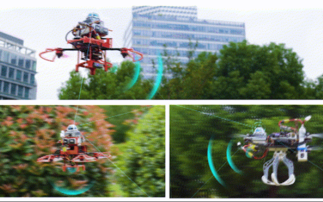New facility intended to cut the cost of long-term storage of infrequently accessed data
Facebook is to open a "cold storage" facility at its datacentre in Prineville, Oregon, to provide a lower cost repository for its users' old and infrequently accessed photographs and videos. "Th...
To continue reading this article...
Join Computing
- Unlimited access to real-time news, analysis and opinion from the technology industry
- Receive important and breaking news in our daily newsletter
- Be the first to hear about our events and awards programmes
- Join live member only interviews with IT leaders at the ‘IT Lounge’; your chance to ask your burning tech questions and have them answered
- Access to the Computing Delta hub providing market intelligence and research
- Receive our members-only newsletter with exclusive opinion pieces from senior IT Leaders




















